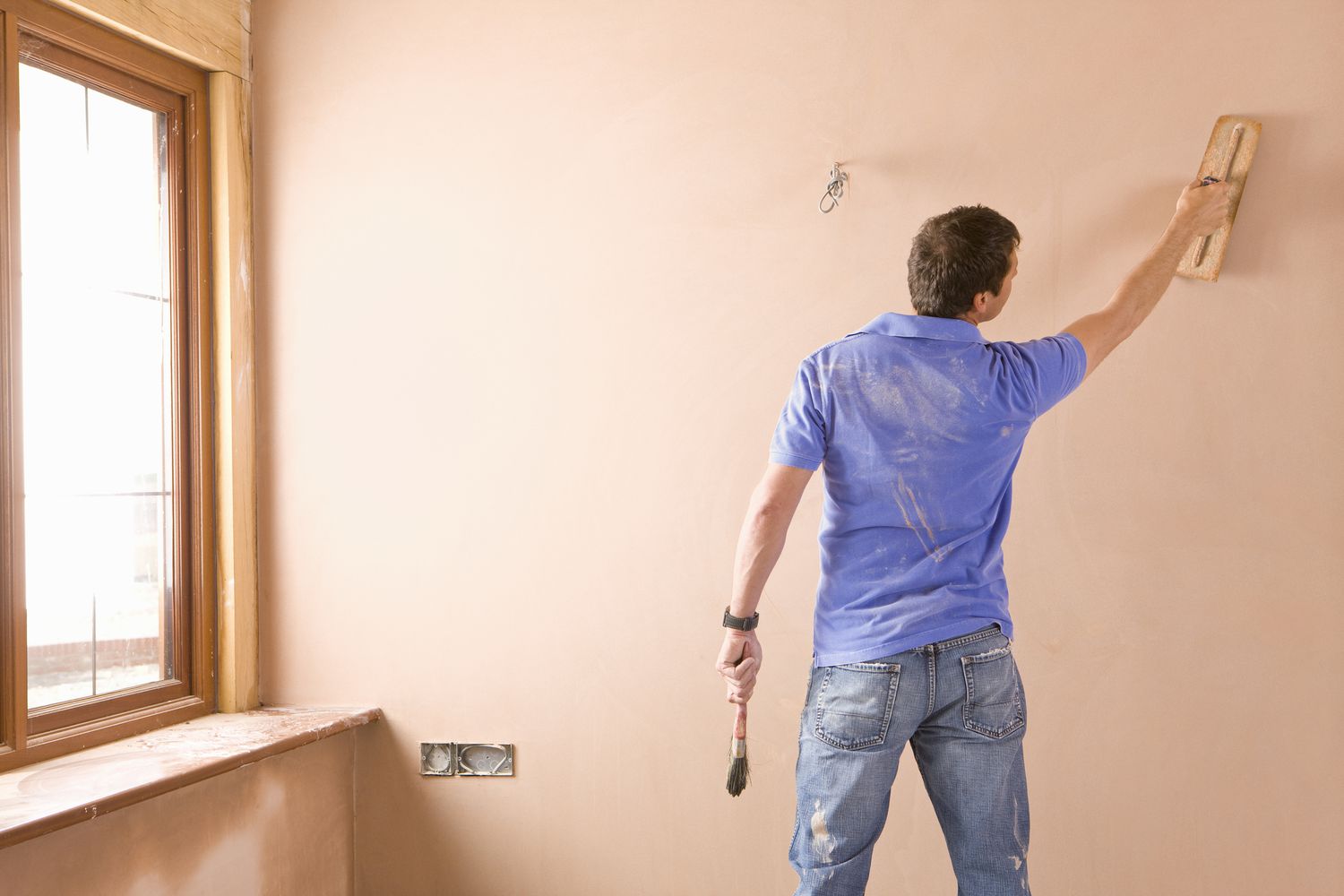A modern word, “venetian plaster,” refers to a traditional technique for coating walls with stucco. In essence, Venetian plaster is a putty formed from water and burnt limestone or marble dust.

Image Credit: https://www.istockphoto.com/photo/close-up-hand-worker-concrete-plaster-gm844113580-138054097
The Venetian plastering takes on the appearance of real marble as the surface is burnished after application.
A Venetian plaster surface traditionally attained its effect by the application of certain materials and procedures by a competent craftsman.
Thankfully, more recent tools enable interested individuals to produce comparable results in just a few simple steps and without any specialised knowledge.
Even better, modern formulations include acrylic polymers that result in a surface that is more resilient and long-lasting. When it comes to quality, Venetian plaster is a case where you get what you pay for.
The cheapest brands of Venetian plaster are hardly more than thick paint, but the best ones have real marble dust combined with an acrylic foundation.
If you are interested in learning how to do venetian plastering then you can join a 5-day course conducted by Evoke. To know more details about this course, you may visit this website. This course will run for 5 days starting from every Monday to Friday.

Image Credit: https://www.istockphoto.com/photo/hand-image-worker-concrete-plaster-gm843297620-137794081?phrase=Plaster%20Wall
Venetian plaster is available in hardware stores and paint shops. Like paint, it is offered for sale in one-gallon cans. Venetian plaster, however, can cost more than paint.
One benefit of using Venetian plaster is that it does not require many tools or materials to complete the task. Only a steel trowel and the plaster are needed for the simplest Venetian plaster wall finish.
You could also want a variety of basic painting supplies because fresh drywall needs a first coat of primer or flat wall paint.
There are various types of courses available to learn this job. Experienced plasterers who are looking forward to improve their skills can learn this from any venetian plastering course.
There are many different types of courses available to learn this skill. You can advance your profession by taking a plastering course to help you earn the credentials you need.
Plastering courses can prepare you to provide a range of plastering services because they cover a variety of abilities, such as solid plastering, wet finishing, and dry lining.
So, based on your present experience level and the stage you are at present with your career, you will find that there is certain plastering course available to suit your need.
There are plastering courses available for beginners to learn this skill. You can begin with an initial course on plastering and can go up to a diploma level course too if you want.
An opportunity exists to learn this through apprenticeship that combines on-the-job training with a certain employer alongside while you are spending your time at college or any training centre.
The average length of a plastering apprenticeship is two years. Additionally, you will be working for a certain company throughout this period and are required to put in at least 30 hours per week.
This kind of on-the-job training can surely help you to learn this skill much better.

